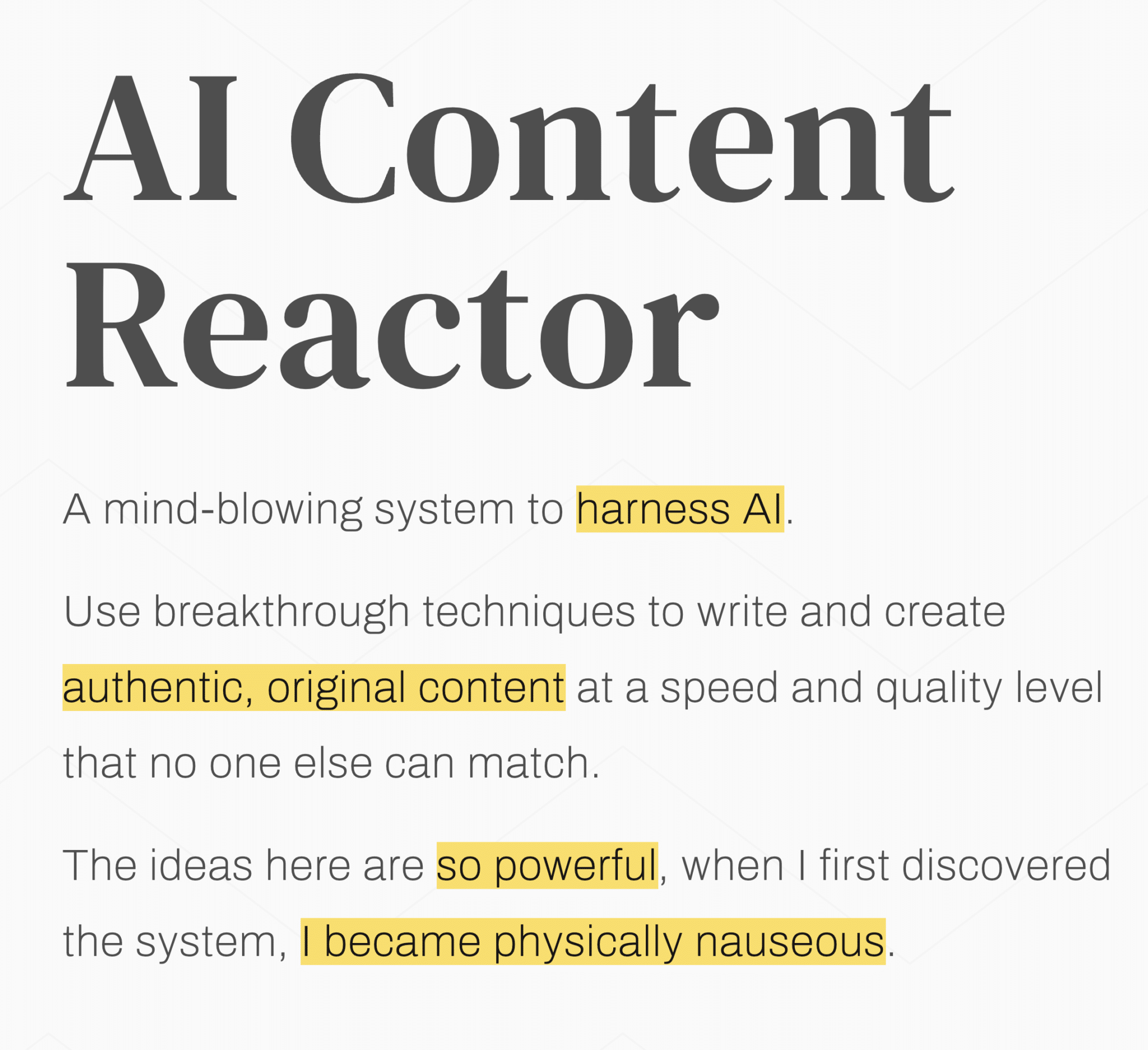If you’re knee-deep in SEO, you’ve probably heard the terms “absolute” and “relative” links thrown around like confetti at a parade. But what’s the difference, really, and does it even matter?
The short, more technical answer:
- Absolute links include the full URL, including protocol and domain and are often preferred for SEO clarity and migrations.
- Relative links show only the path relative to the current page, and offer simplicity for internal linking.
If that was clear as mud, this article is for you. Let’s deep dive into the specifics.
Absolute vs. Relative: Breaking Down the Basics
So, what’s the difference between absolute and relative links, and why does it matter? Let’s look at show-and-tell!
An absolute link, as mentioned above, is the entire URL from start to finish. They break into at least three parts. Our example below has four.
| Security Protocol | Domain | Folder | Page |
| https | www.yoursite.com | blog | amazing-article |
The absolute link in the case of our example is: https://www.yoursite.com/blog/amazing-article
A relative link is only a piece of the URL. It only references the specific path to the page, and assumes that the security protocol and domain will be universal.
| Folder | Page | ||
| blog | amazing-article |
The relative link in the case of our example is: /blog/amazing-article
Is One Actually Better Than the Other?
There’s no universal answer, but absolute URLs often have a better edge from a technical and SEO perspective. Here’s why:
Clarity for Crawlers
Absolute links eliminate ambiguity, making crawling more efficient. Clear and complete URLs help search engine bots quickly understand and index your site structure, potentially improving your site’s visibility. For example, a crawler encountering https://www.yoursite.com/products/shoes instantly knows the full path, while a relative URL /products/shoes leaves the crawler dependent on context, possibly leading to confusion in complex site structures.
Migration and Redirects
When your site structure changes, absolute URLs simplify redirection and prevent broken links. They offer a stable framework that ensures existing backlinks and internal navigation remain intact during website migrations or structural updates.
For instance, if your blog URL changes from /blog to /articles, absolute links like
https://www.yoursite.com/blog/post1
are easily redirected to the new structure without losing SEO value. You only need to redirect /blog/ to /articles/ and you’re done.
Content Syndication and Scraping
Site scrapers and syndication are two reasons to use absolute URLs, beyond redirections and SEO. Absolute URLs help protect your SEO equity and make sure you’re correctly credited for your content.
For example, if your article containing absolute links like https://www.yoursite.com/guide is republished elsewhere, these links will continue driving traffic and authority back to your original content. However, if your article is scraped and has relative links, the site that scraped doesn’t lead back to your site. It assumes the domain is the same as the scraper. You get no credit.
Technical SEO Headaches
Using relative links during migrations or domain changes can lead to a tangled mess of broken paths. Absolute links make migrations straightforward, preserving link equity and making redirects simpler. Why? Let’s look at what happens on the server side.
When you have a relative URL, the browser makes some assumptions and fills in the blanks. If you’re on the services page of a site, for example, and you add a link to a blog post, whether it’s relative or absolute makes a difference in where you end up.
https://www.yoursite.com/blog/post1 will lead specifically to https://www.yoursite.com/blog/post1 no matter where you are on the site.
Take the same link, only make it relative. If you’re on the services page, the browser will make some assumptions and what you’ll get is https://www.yoursite.com/services/blog/post1. This can lead to broken links and a bad user experience, as well as a technical mess.
User Experience: Keeping Your Visitors Happy
Relative links offer quick internal navigation, especially on dynamic websites. Yet, absolute links provide consistent experiences across subdomains and platforms, which can be crucial if your visitors interact across various interfaces or domains.
Analytics and Reporting
Analytics can be simpler with absolute URLs because they clearly identify paths, making report creation and analysis easier, especially on larger sites.
When Should You Use Absolute vs. Relative Links?
Absolute links are ideal when:
- You’re linking to external websites.
- You’re setting canonical URLs and hreflang tags.
- Your site content is distributed across various platforms or syndicated.
Relative links are typically best for:
- Internal linking within your own website.
- Situations where you frequently move content around within your own domain.
Whenever and whichever you use, avoid these typical mistakes:
- Using relative URLs in canonical tags. Always go absolute.
- Forgetting protocol consistency. Stick with HTTPS.
- Neglecting absolute URLs for syndicated content, which could weaken SEO value.
Wrapping Up: What’s Your Best Bet?
Ultimately, absolute links typically offer the best overall SEO stability and clarity. But don’t ignore the simplicity and flexibility of relative links for internal linking within stable environments. Choose wisely based on your specific needs and keep your SEO game strong.



































